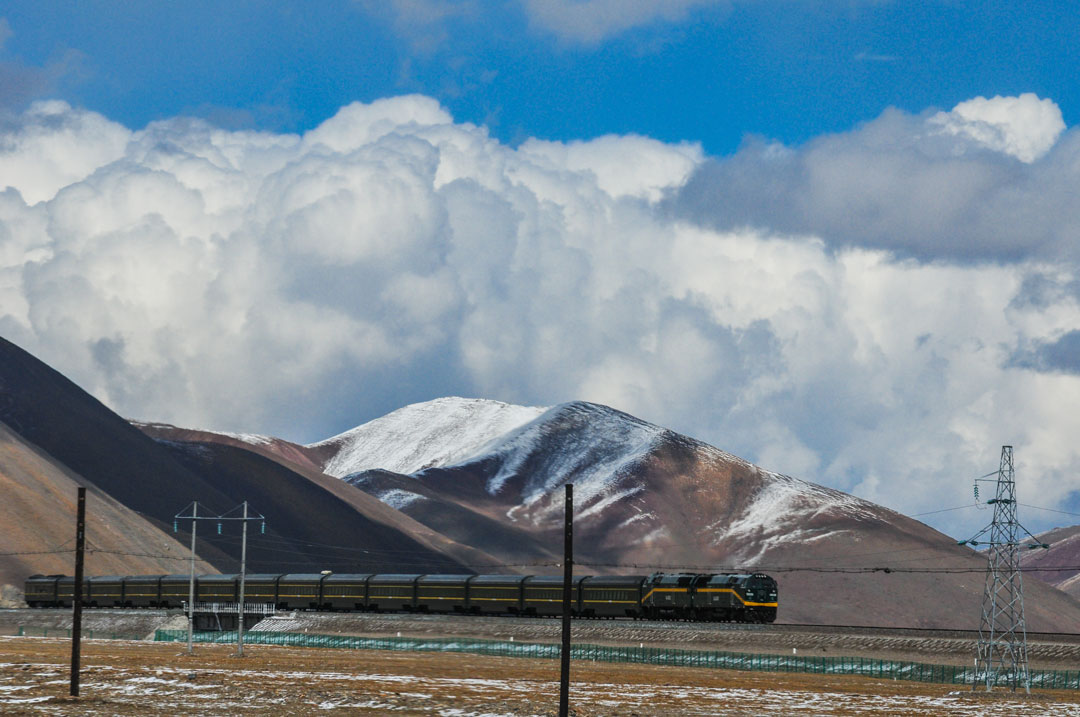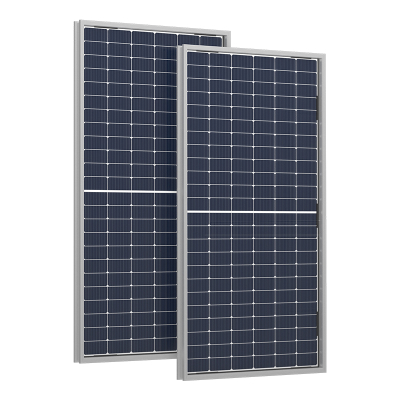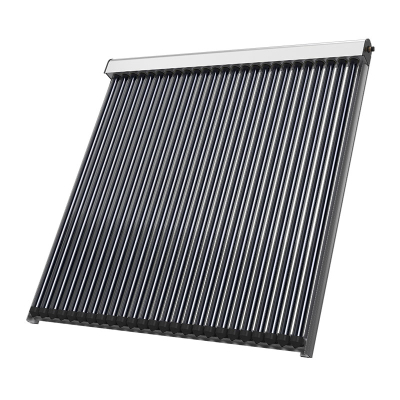Qinghai–Tibet Railway Deploys Solar De-Icing to Safeguard Culverts and Subgrade
Qinghai–Tibet Railway Deploys Solar De-Icing to Safeguard Culverts and Subgrade
Modular solar thermal de-icing systems using flat plate solar collectors, thermal storage and smart control keep drainage open and the track bed dry—an exemplar of clean thermal energy systems for low-carbon infrastructure.
Lhasa / Xining — Commissioned 2013 · Ongoing
Ice build-up at culvert inlets and outlets can dam water, causing ponding that immerses the railway subgrade. On the high-altitude Qinghai–Tibet corridor—characterized by strong solar radiation, large diurnal temperature swings and seasonal permafrost—the risk is amplified each winter. To address this challenge sustainably, the operator deployed a **solar de-icing** solution designed for remote, harsh environments.
Project Snapshot
Corridor: Selected culverts along the Qinghai–Tibet Railway
Commissioned: 2013 (continuous operation and optimization)
Per-site capacity: ≈ 60 m³ treatment/clearing equivalent
Objective: Prevent ice dams, keep drainage unblocked, avoid subgrade immersion and winter safety hazards
Energy source: renewable heating solutions via solar thermal, reducing diesel reliance
How the Solar Thermal De-Icing System Works
Flat plate solar collectors optimized for thin air capture solar heat into a closed glycol loop.
A compact thermal storage tank supplies night and overcast operation.
Heat-exchange jackets / embedded coils keep culvert mouths above freezing to prevent ice nucleation.
Sensors & smart control modulate flow and temperature based on icing risk and weather forecasts.
Skid-mounted modules minimize civil work and speed replication across multiple sites.
Verified Outcomes (2013–present)
Safety: Treated culverts remain open; “ice-lake” formation is avoided, protecting ballast and railway subgrade.
Cost: Preventive heating reduces emergency clearances and diesel logistics.
Reliability: Rugged components withstand wind, sand and deep cold typical of the plateau.
Carbon: Replacing fossil heat with clean thermal energy systems advances the dual-carbon pathway.
Engineered for the Plateau, Ready to Replicate
Selective-coating absorbers maintain efficiency in sub-zero ambient conditions; corrosion-resistant piping and anti-freeze fluids ensure integrity at altitude. Oversized storage smooths long winter nights. The modular design supports rapid deployment at vulnerable culverts, with potential adaptation for **high-altitude highways, mining roads and airport drainage** facing similar icing risks.
Future Enhancements
Expanded coverage at historically high-risk culverts.
Integration of de-icing telemetry into centralized condition monitoring.
Hybrid schemes combining solar with waste-heat recovery where available.
Predictive control using weather APIs and infrared ice detection to further cut energy use.





